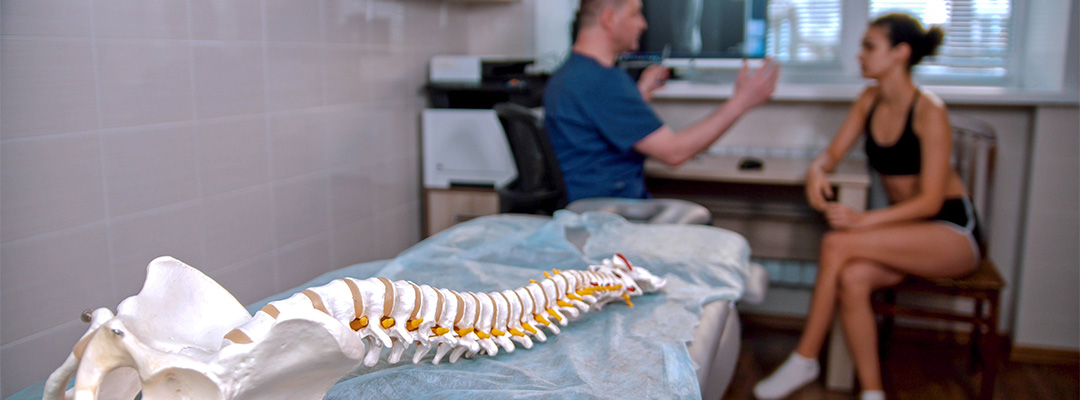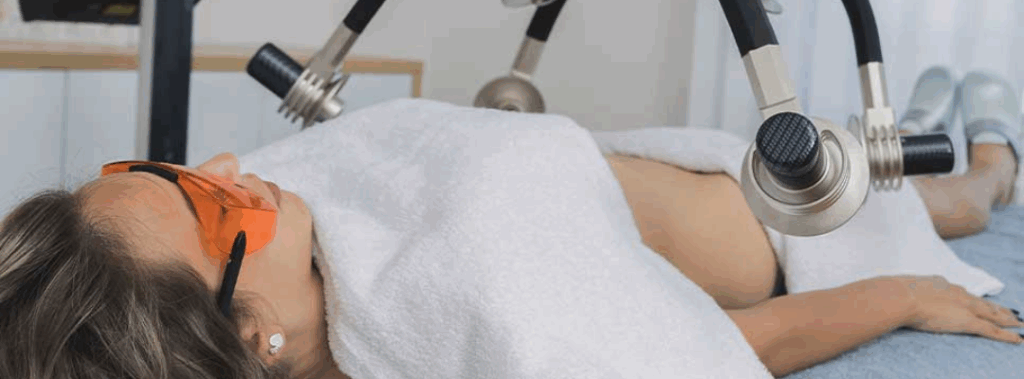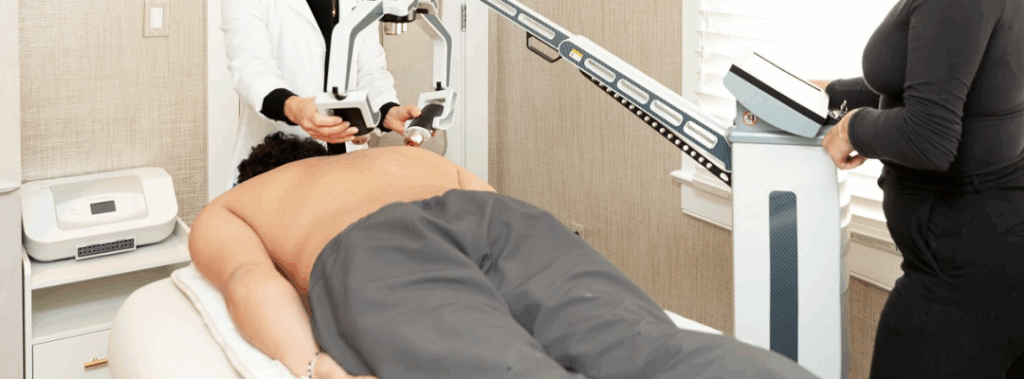
Roughly 80% of people will experience back pain at some point in their life according to the National Institutes of Health. While many will undergo surgery to treat their chronic back pain, there is no guarantee that surgery will resolve your symptoms.
In fact, these surgeries can sometimes make your pain worse. Overall, there are many reasons to consider non-surgical treatments to manage chronic back pain. Read on to learn more about non-invasive treatment options for chronic back pain.
Common Causes of Chronic Back Pain
Chronic pain is defined as pain that lasts for 3 months or more. Chronic back pain is usually a result of growing older. However, it can also be the result of overuse or an injury. Specific causes of chronic back pain are typically one of the following:
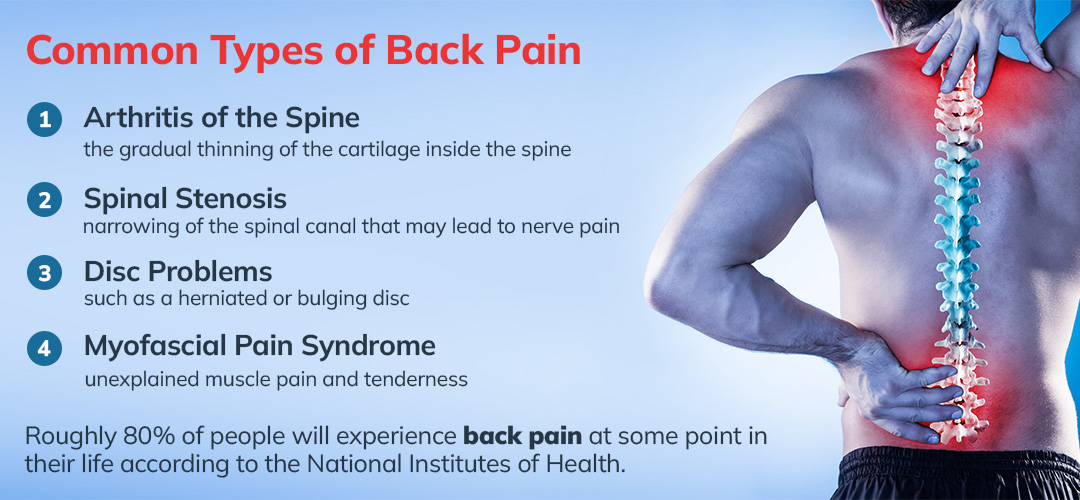
- Arthritis of the spine — the gradual thinning of the cartilage inside the spine
- Spinal stenosis — narrowing of the spinal canal that may lead to nerve pain
- Disc problems, such as a herniated or bulging disc
- Myofascial pain syndrome — unexplained muscle pain and tenderness
Much of our pain and tenderness is also caused by inflammation or swelling. Inflammation is our body’s response to injury or infection and can be recognized by redness, heat, swelling, and tenderness around injury or infection. This protective collection of fluid brings increased blood flow and white blood cells. In addition to the natural compression it provides, this increased blood will aid in the healing process. However, this inflammation can be painful and severely limit motion. This can be a problem if the body overreacts to injury, which can be often.
Non-invasive Treatment for Chronic Back Pain
Lifestyle Changes
Most back pain issues stem from a minor injury or chronic stress on the muscles, both from everyday activities. Therefore, the easiest way to treat it is to make lifestyle adjustments. One-time injuries can be hard to foresee, but avoiding situations where the muscles in your back experience chronic stress can prevent most pain.
Correcting posture and wearing supportive footwear over something like heels or thin-soled sandals can do wonders for maintaining the alignment of your legs, hips, and back. This in turn will help keep your back muscles operating as intended and in the healthiest way possible.
Additionally, increased activity and changes in diet can help fight inflammation associated with chronic back pain. The idea of exercise while you’re in pain may seem inadvisable, but engaging in light to moderate activity can help increase blood flow, release pain-relieving endorphins, and restore range of motion.
Foods high in trans fat, refined sugars, and processed food can be highly inflammatory and should be avoided. To eat an anti-inflammatory diet, we recommend prioritizing foods such as:
- Brightly-colored fruits and vegetables, such as sweet potatoes, oranges, strawberries, and tomatoes
- Fatty fish, such as salmon, sardines, and mackerel
- Green, leafy vegetables, including spinach, kale, collards, and broccoli
- Healthy, monounsaturated fats, such as avocado, olive oil, and canola oil
- Nuts, including almonds and walnuts
- Seeds, such as chia, sunflower, and pumpkin
However, it’s important to note that severe chronic back pain may not be fully managed by these lifestyle changes. Depending on the cause and severity of your pain, you may need to employ additional treatment measures in tandem to these changes in lifestyle in order to treat chronic back pain without surgery.
Physical Therapy
Physical therapy is commonly used after injury, but it can also help in alleviating pain caused by daily tasks. During physical therapy, you will work with a specialized physical therapist to improve your strength and flexibility through easy stretches and exercises. These simple activities can help you retrain your posture and fortify the area specific to your injury. The goal of physical therapy is to not only heal from the current injury, but also prevent injury in the future.
Laser Therapy
Another non-surgical treatment option to consider is laser therapy for chronic back pain. How laser therapy machines work is by emitting photons or particles of light carrying electromagnetic radiation, which are then absorbed by your cells. These photons provide your cells with a boost of energy, allowing them to optimize their performance and aid in healing.
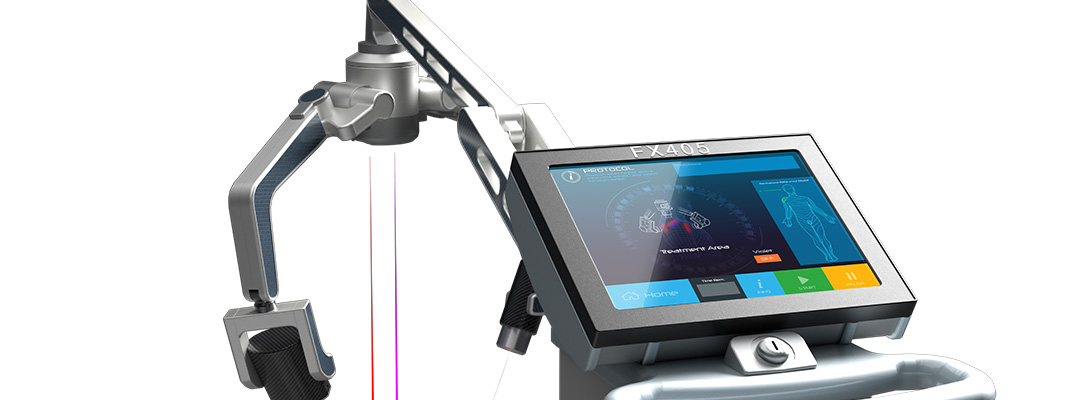
In addition to giving your cells an energy boost, low-light laser therapy improves circulation and speeds up tissue healing. Only cells and tissues that are normally dormant absorb the light energy emitted by a low-light laser therapy device, and it does not affect healthy cells. We recommend talking to a laser therapy provider to see if low-light laser therapy is right for you and your chronic back pain.
Prescriptive Aids
Some chronic back pain can be appropriately managed by daily medicine or regular injections. Anti-inflammatory drugs, muscle relaxants and other medications can be useful for treating chronic back pain. Injections can include nerve blocks, epidural steroids, and sacroiliac joint injections among others.
Massage Therapy
If your chronic back pain is the result of an injured or strained muscle, massage therapy may be the treatment option for you. Regular massages can help increase blood flow and stretch muscles into releasing tension. Since it’s also a popular method for stress relief, you may find it aids in easing your chronic pain by managing your stress.
Chiropractor
While you might think of the chiropractor as someone who makes your bones crack, these health and wellness professionals actually focus on re-aligning your body. This alignment involves using the hands to adjust, massage, or stimulate the spine or other body parts. The popping noise often heard after adjustment is the gas escaping from between your joints after pressure is released.
Acupuncture
Lastly, acupuncture is an alternative treatment for back pain. Acupuncture is a traditional Chinese medicine. It involves inserting very thin needles at strategic points across your body. The thought is that these needles – most of which you would not feel – will help balance the flow of energy known as chi. Western medicine agrees the points where needles are inserted help stimulate nerves, muscles, and connective tissue. This would act as a natural painkiller.
The majority of the population has or will experience back pain at some point in their lives. When pain occurs, there are a multitude of non-surgical treatment options to choose from. We recommend talking with a medical professional about your chronic pain symptoms to determine which treatment option is best for you.
Related Reading: How Does Laser Therapy Work for Pain?
